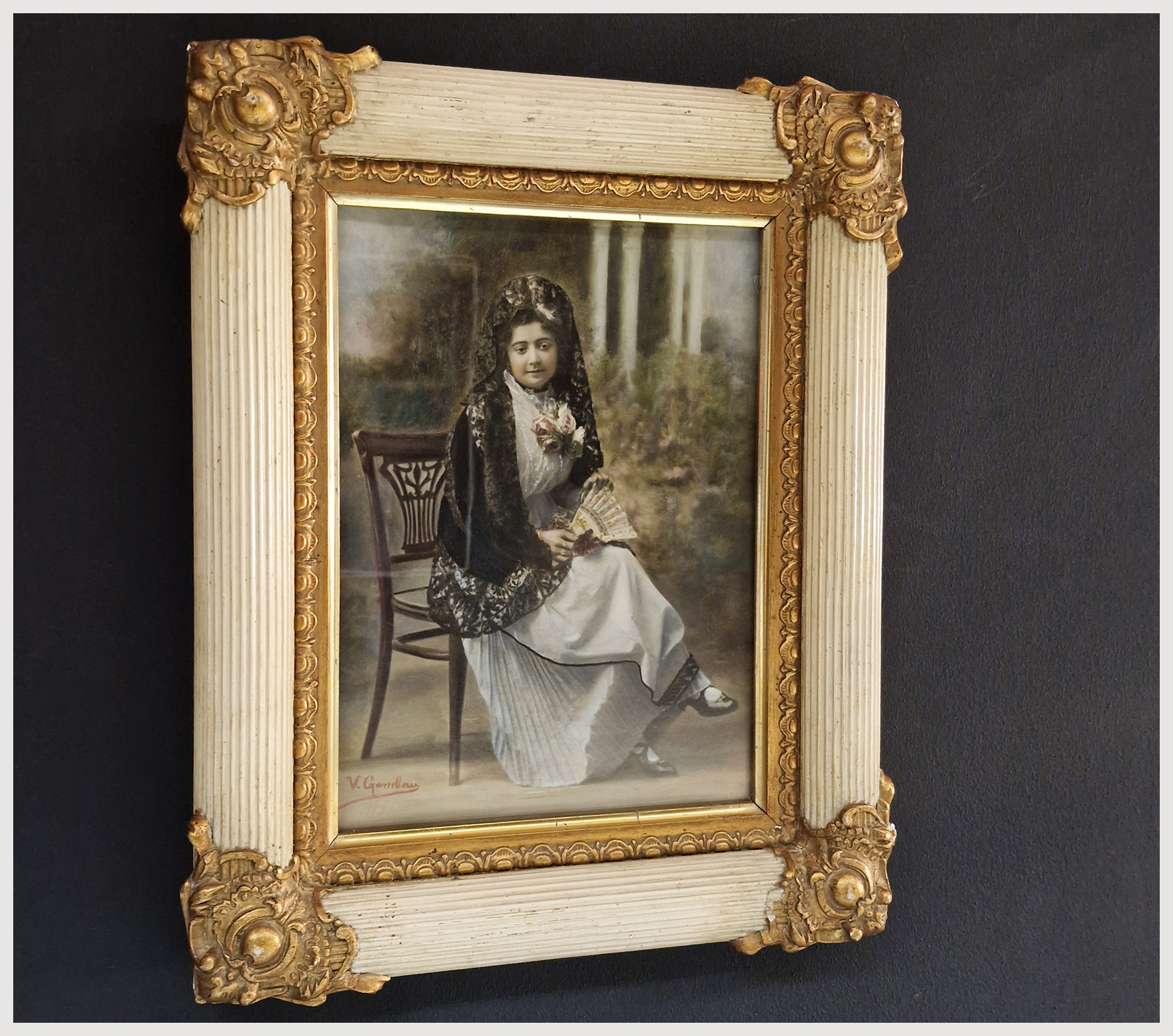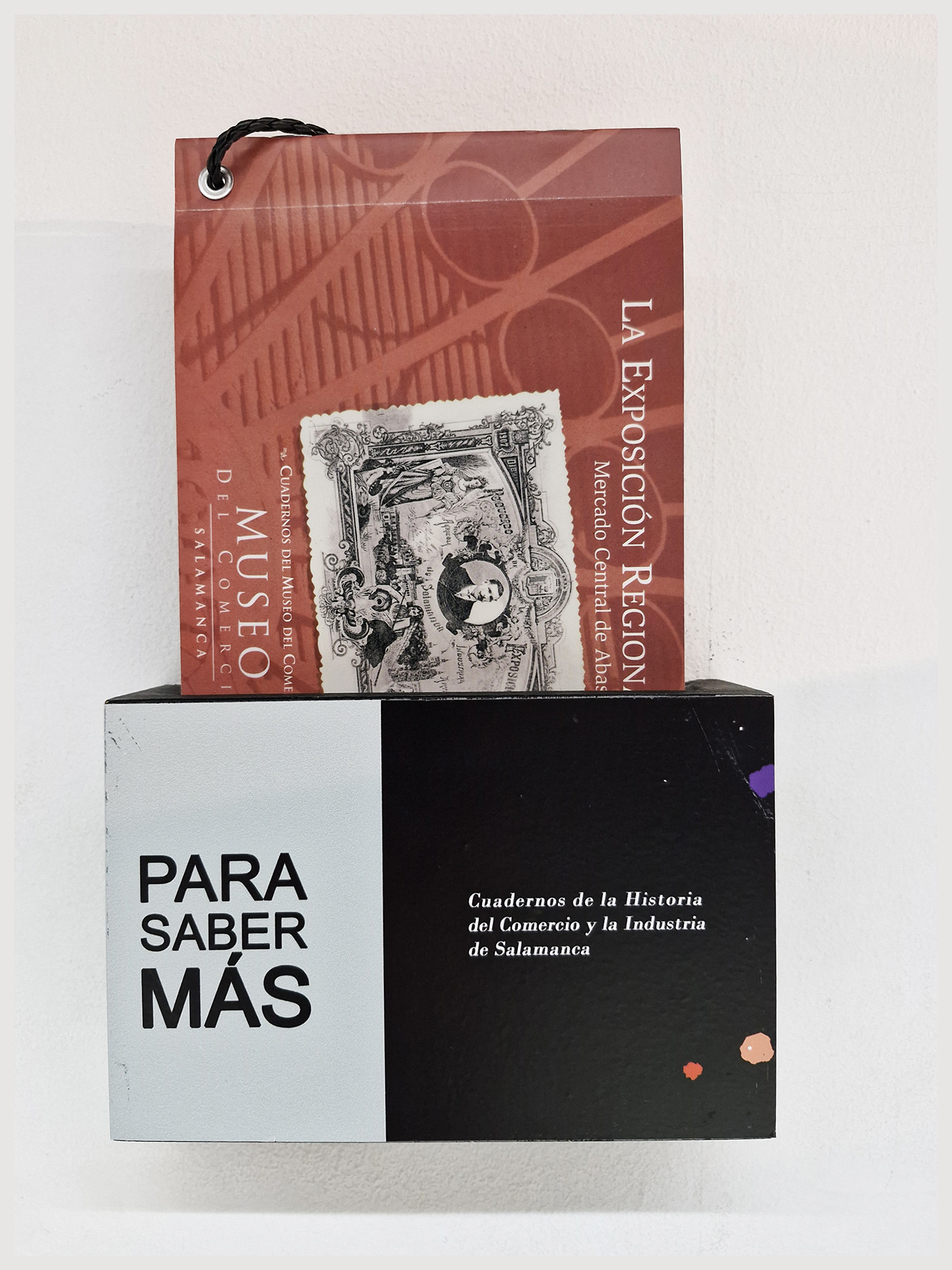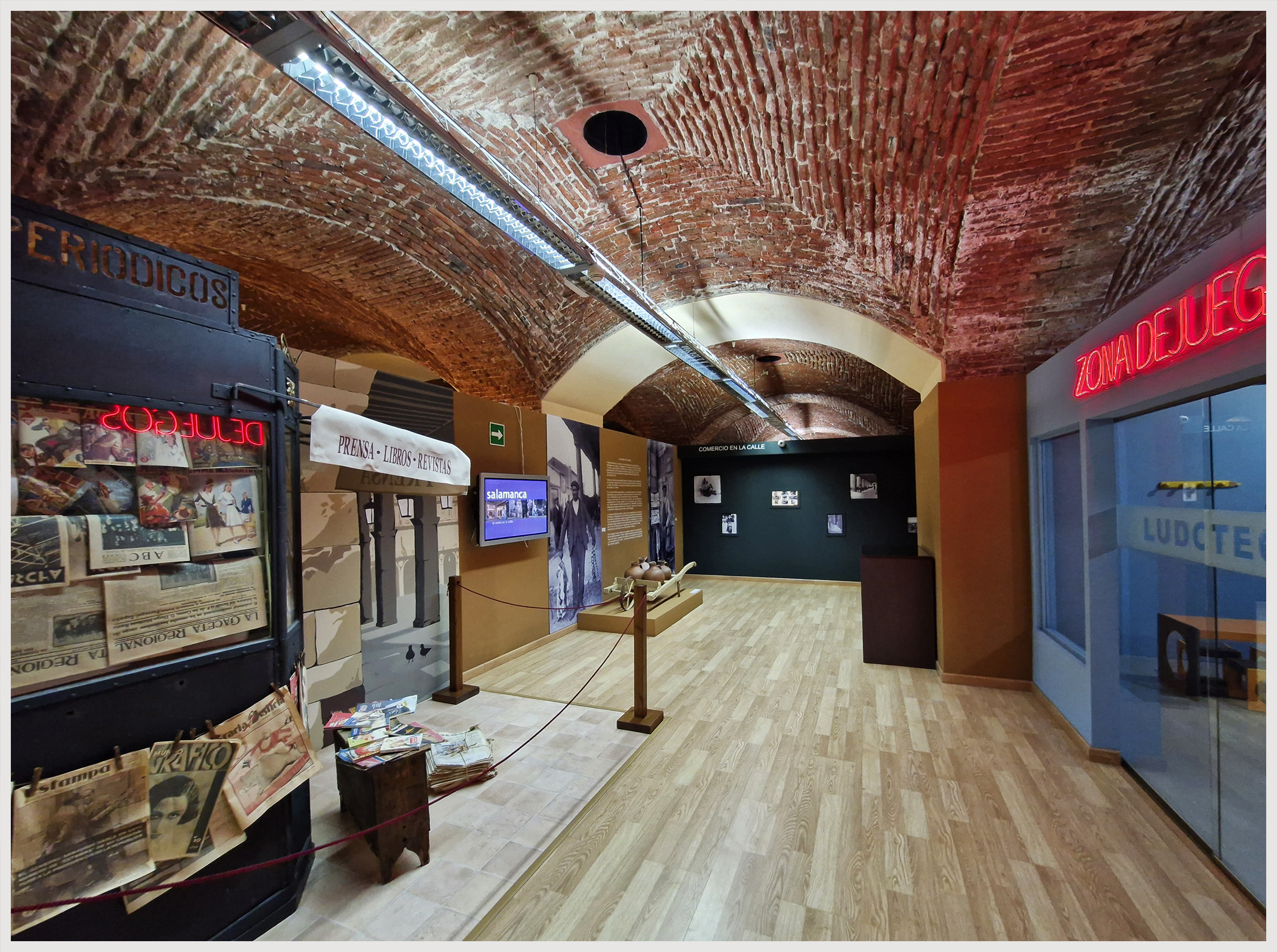History of Commerce and Industry of Salamanca
The exhibition is presented through an audiovisual that covers some milestones of the commercial and industrial history of Salamanca from 1850 to 1960, years of special interest for the modernization of the city. The visit begins in Roman times because it was the historical stage in which some of the bases of commerce and later industry were laid, such as the infrastructure of the Via de la Plata, fundamental for services and products to be transported quickly. MARKETS In medieval times the market of the city is moving from the old azogue or teso of the cathedrals passing through the Rúa Mayor until reaching the Plazuela de San Martín. The squares of the historic center served to locate informal markets such as the Plaza de la Verdura, Coal, Corrillo, Liberty, etc. During the 19th century the hygienist current of thought was concerned with improving the lives of people living in cities. It tries to achieve healthy conditions through the installation of street lighting, the arrival of running water, air regulations, marketing and conservation of food, buildings, etc. Among its concerns was also the unhealthiness, noise and inconvenience of the sale of products outdoors. Between 1899 and 1909 the Central Market of Supplies was built. Intended for the sale of perishable food, hygienic precepts were taken into account for its construction. The building was equipped with large windows, generous doors, water intakes for cleaning and an airy iron and glass enclosure to protect buyers, sellers and food from the sun and rain. The Central Supply Market along with the health laws and regulations of the time can be considered as precedents of the advanced food safety that we enjoy today. SALMANTIN INDUSTRIES AND TRADE Throughout the exhibition, various pieces belonging to significant industries and shops in Salamanca are exhibited. We allude to the most important flour mills in the city, El Sur, Santa Elena and El Ángel. Chocolate factories such as those of Enrique Prieto or Jorge Espinel de Cantalapiedra. In the space dedicated to the photographic studies of Salamanca there are surnames as well known as Almaraz, Huebra, Gombau or Ansede. In 2017 the apparatus used for the artisan manufacture of candles used by the centuries-old family saga of the Cacho, was deposited and musealized. The oldest industry in Salamanca, Mirat S.A., has a specific showcase in our rooms, also the remarkable and somewhat truculent history of Salamanca banking, etc. Throughout the exhibition there are interactive resources and enough information to know more and that the visit is playful and interesting.
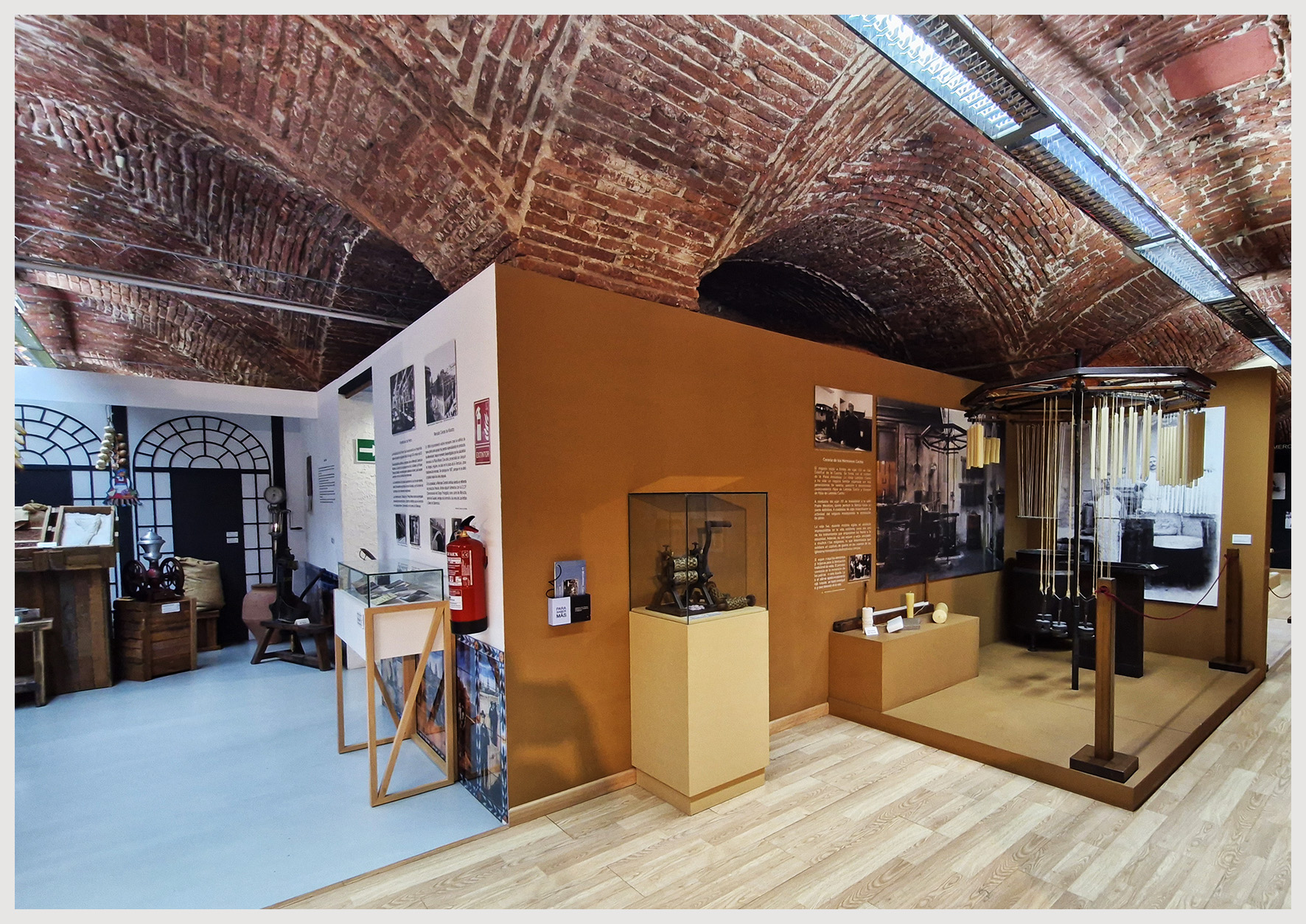
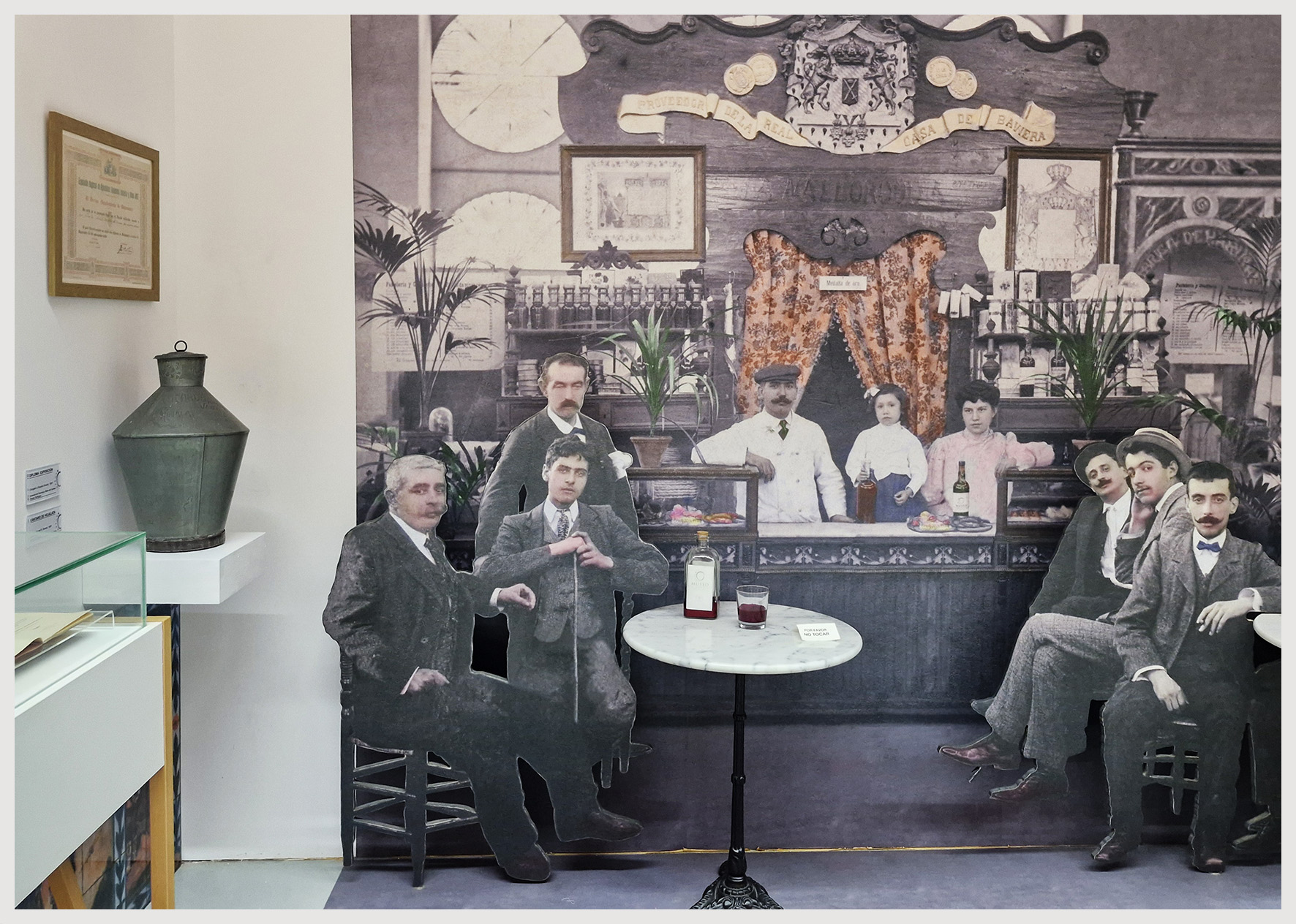
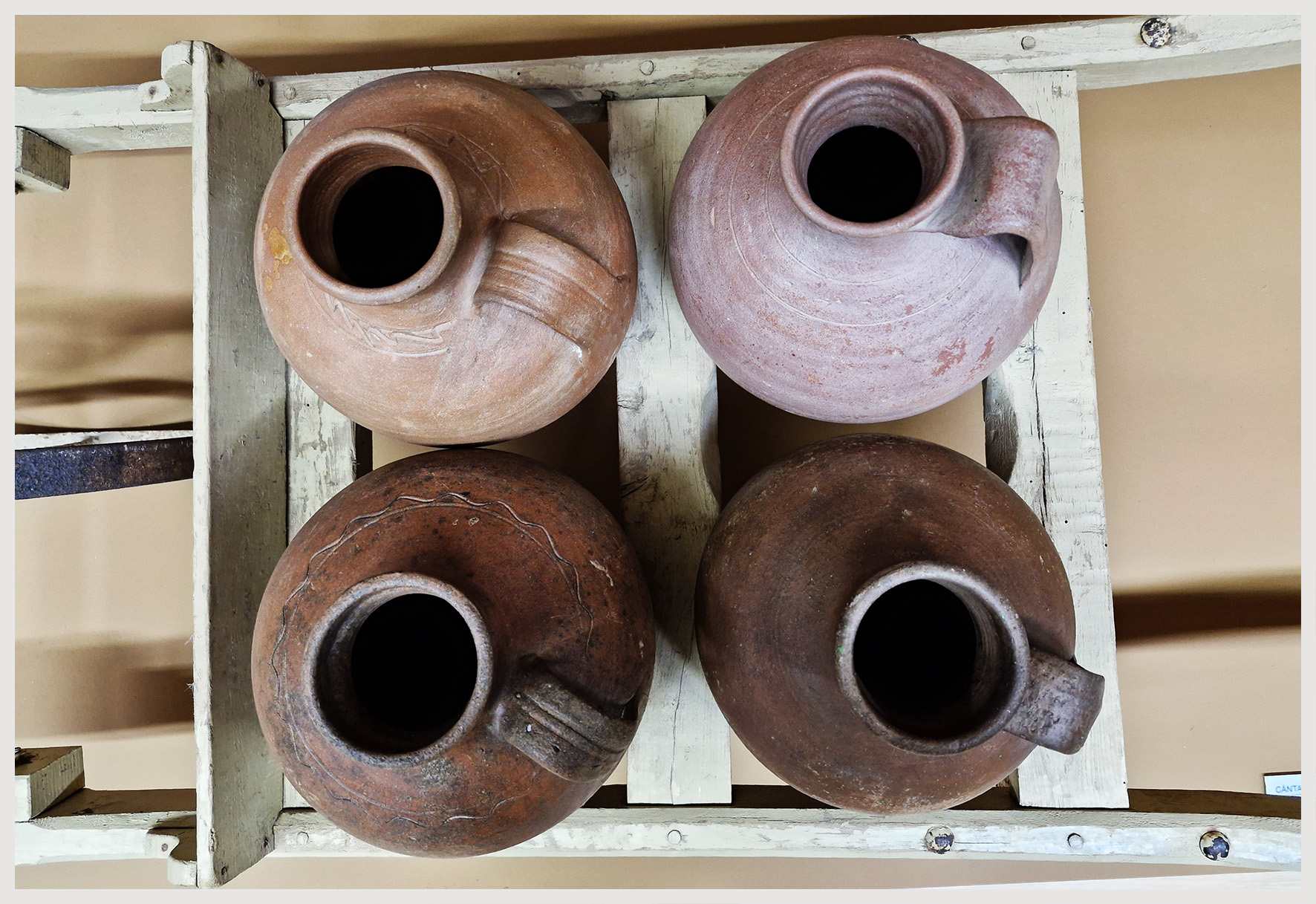
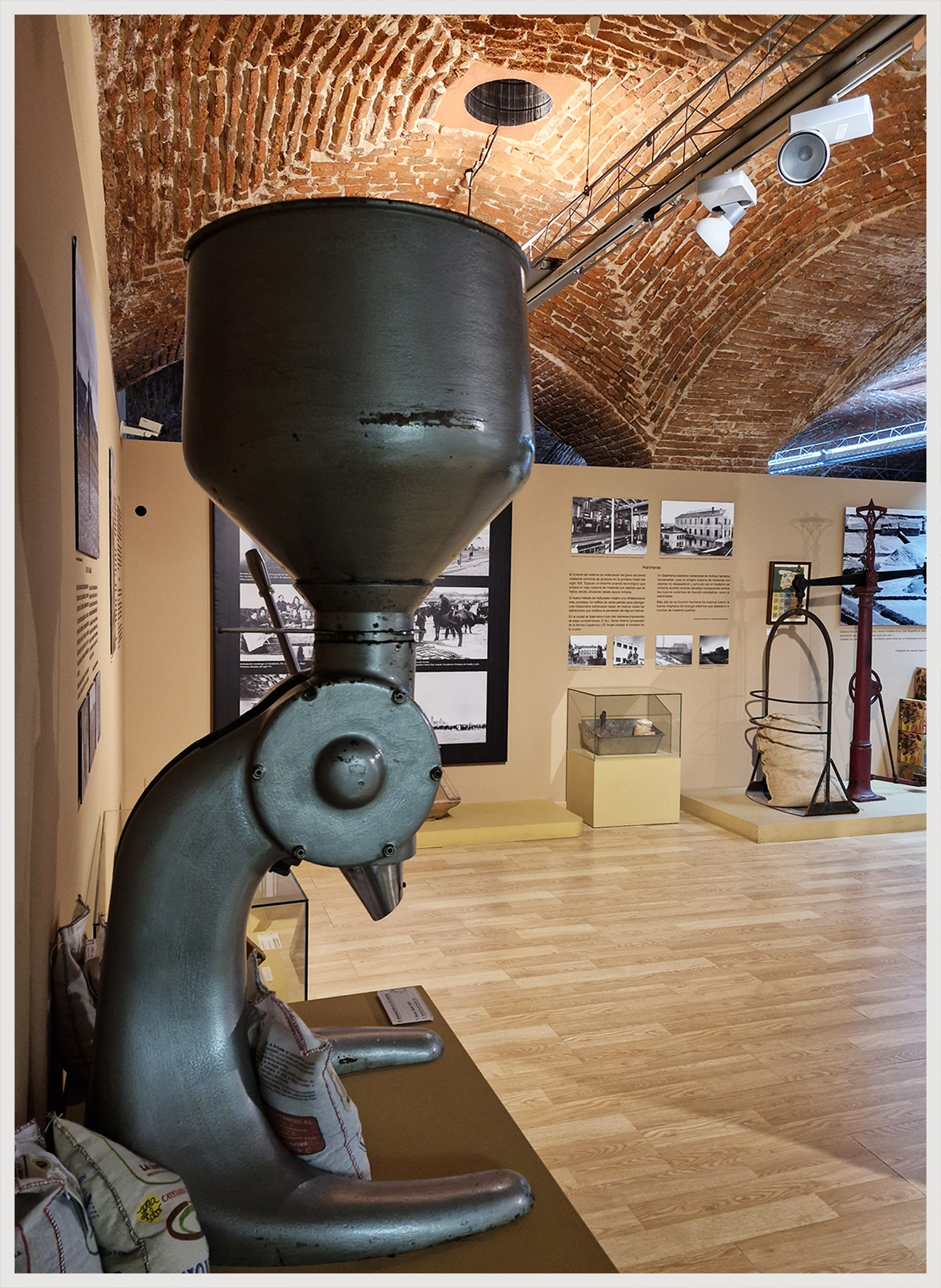
.jpg)
